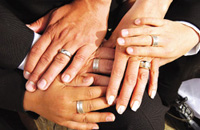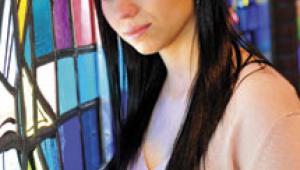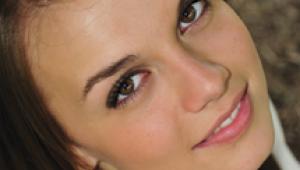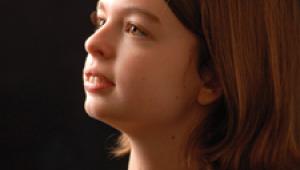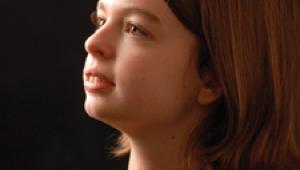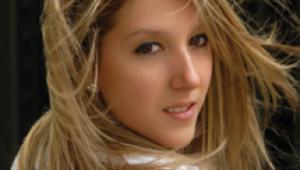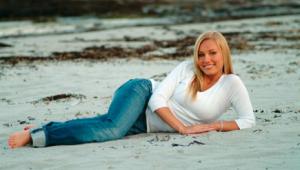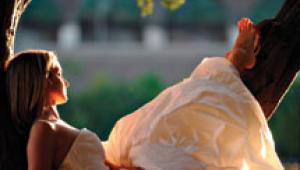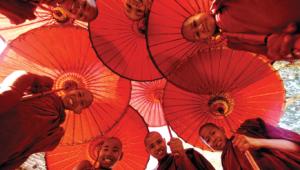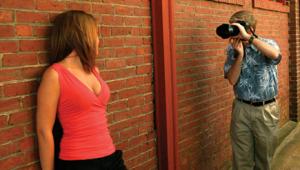Digital Wedding Photography
Tips From The Pros
In the fast moving world of wedding photography, speed of delivery counts as much as style. In 1984, I contributed a chapter to Jack Curtis' book Wedding-Portrait Photography World on the impact one-hour processing would have on fast delivery of wedding proofs. The concept was delivering the once ubiquitous proofs to the bride, groom, and families while excitement levels are high to encourage more sales and higher profits. (That chapter was cut from the book, although some of my photographs remain, but that's another story.) With today's professional digital SLRs, photographers can make a CD on the job, hand it to the happy couple, and have them review their wedding images on a laptop while flying to their honeymoon. So, while speedy delivery is still important, there's a lot more to today's digital wedding photography. I asked two professionals how they photograph weddings digitally and how it's affected the way they work and shoot. The Word From The Pros |
|||
Matt Staver (www.matthewstaver.com) used a slightly different photojournalistic approach: "I try to capture all the special moments, but like to be unobtrusive. I don't want them to remember me, as much as having pictures that remind them of what was really there," he said. During the wedding Matt does "the standard kind of photographs you might expect but for the rest of it, I just shoot what's happening." Nevertheless, he prefers the real to the staged: "Every now and then you get a DJ that tries to pose a cake cutting picture and it's awkward. I let them cut the cake and feed it to themselves as they would normally do." All of his weddings have been shot digitally except one: "It was a pretty small wedding and they were freaked out because they thought it would be hard to get prints, but they still haven't ordered from the film I did shoot." |
|||
On The Job |
|||
Unlike Matt, who shoots lots
of frames on the job, Barry finds that "I don't necessarily
capture more images than from a film wedding, but end up with more usable
and saleable ones." When Matt photographs The First Dance, he makes
20-30 shots to get the one he likes. First, he does the traditional first
dance shot that wedding photographers have been making since Fox Talbot's
time. "Then I like to show how they are swept away in the moment,
and wait for them to kiss," he said. Matt uses a 14mm Nikon lens
for his action-filled, stylishly blurry first dance shots, with the camera's
ISO set at 640. There are always a bunch of pictures that don't
work because the light is difficult to place precisely, so he tests this
shot by using waiters walking through the scene. After three or four test
shots Matt gets the balance and exposure exactly the way he wants. |
|||
What's In Their Camera
Bags |
|||
The Client Gets What? Manufacturers/Distributors Dyna-Lite, Inc. Nikon Inc. |

